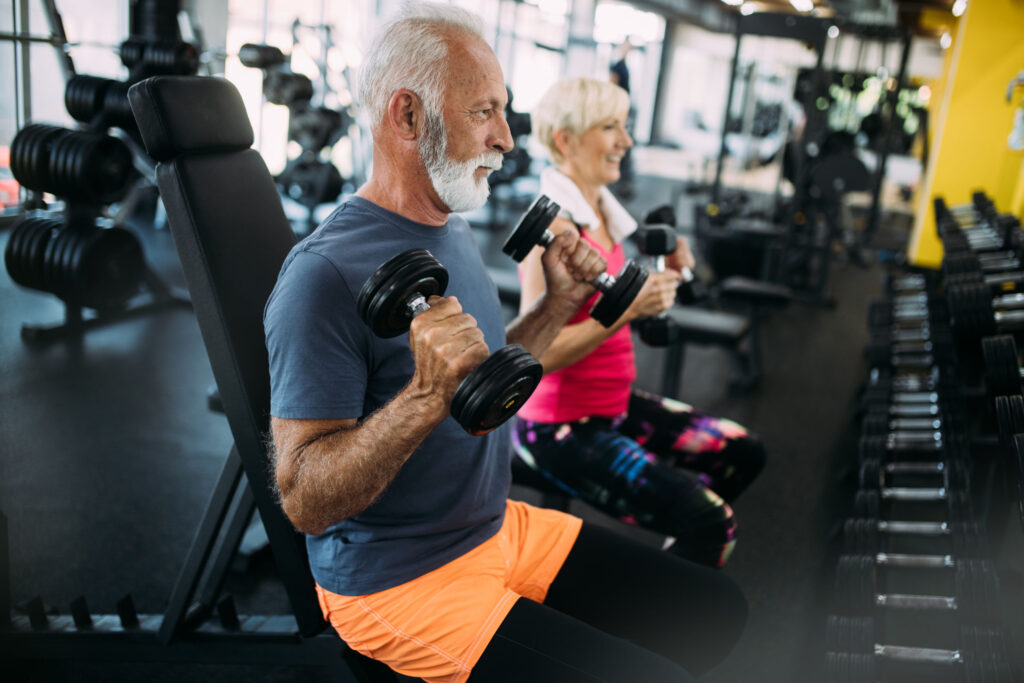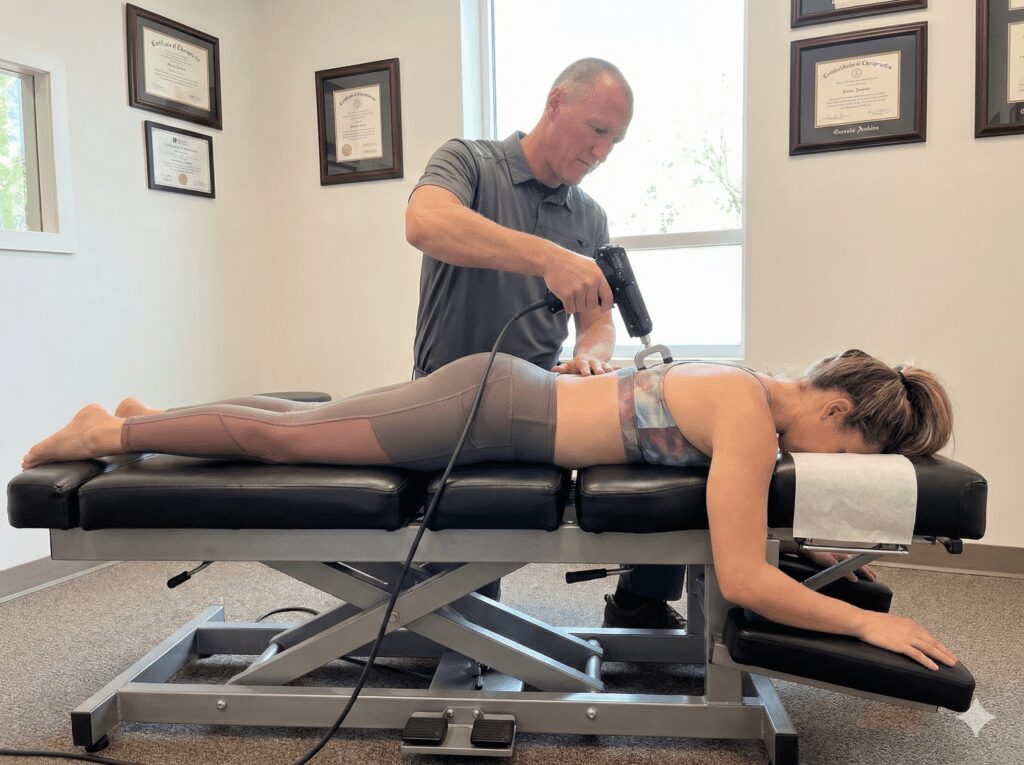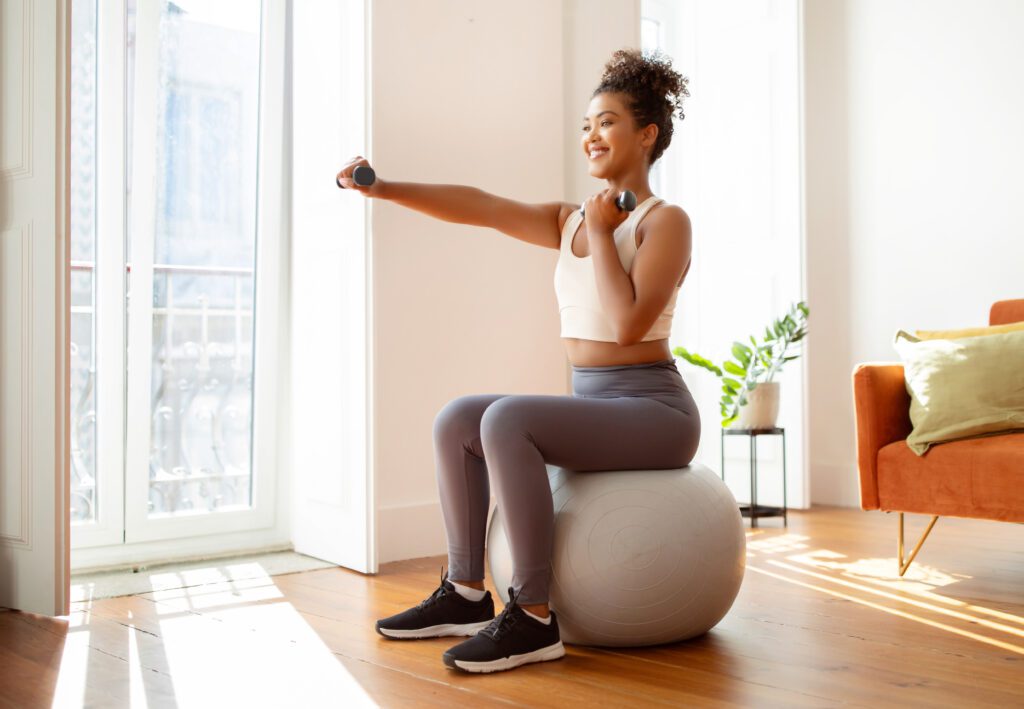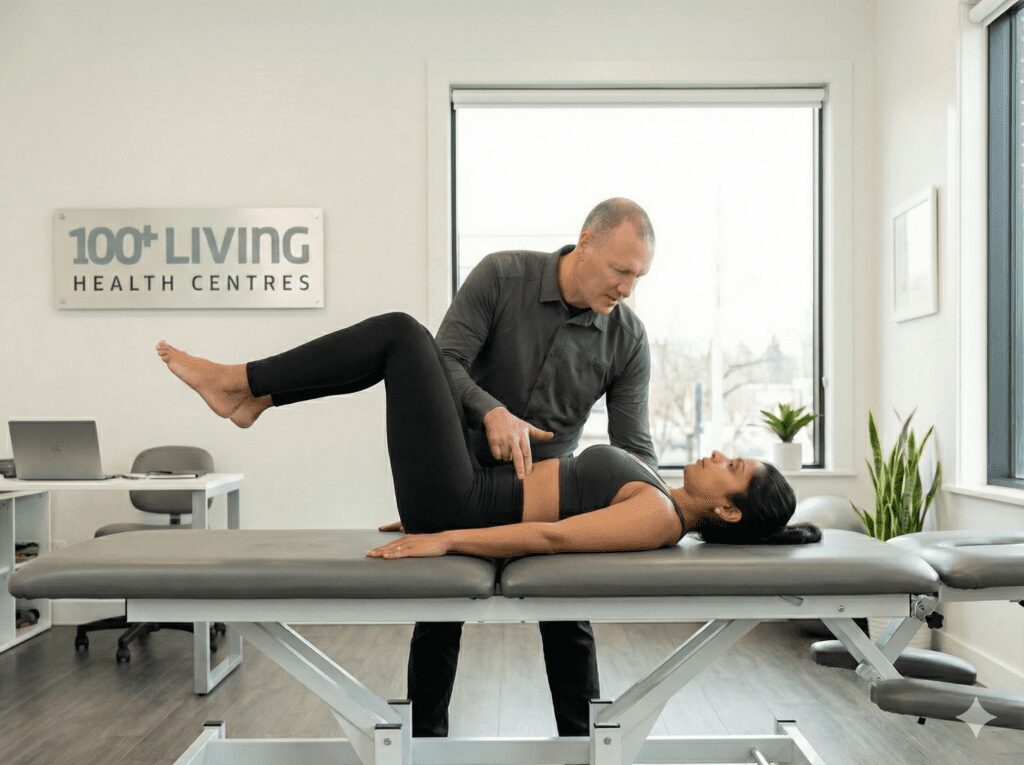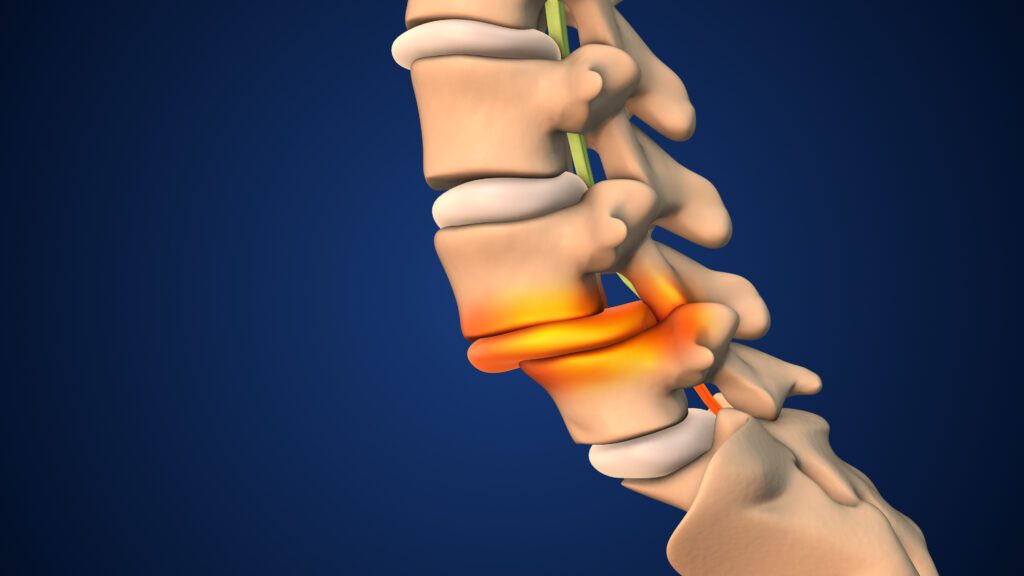When it comes to living a vibrant, healthy life into your 90s and beyond, one thing is clear: fitness is non-negotiable. Without consistent movement and exercise, the senior years we’ve worked so hard to reach can become uncomfortable, restrictive, and, frankly, unbearable. That’s why fitness is a cornerstone of the 100+Living Plan. But this isn’t about training for the Olympics or achieving an extreme level of athleticism. It’s about cultivating sustainability and durability, ensuring that your body is strong, mobile, and capable of supporting you throughout the journey to 100 and beyond.
We call it 100+Fitness, and it’s all about creating a reasonable, sustainable routine that prioritizes longevity over intensity.
The 100+Fitness Philosophy
The goal of 100+Fitness is simple: stay active every day. It doesn’t have to mean grueling workouts or endless hours in the gym. Instead, it’s about incorporating a balance of strength training, endurance exercise, and mobility work into your weekly routine. Here’s what that looks like:
- Strength Training (2x per week): Building and maintaining muscle is crucial as we age.
- Endurance Exercise (Most Days): Activities like cycling, hiking, swimming, or brisk walking keep your cardiovascular system healthy and your body moving.
- Mobility Training (1-2x per week): Staying “bendy” is just as important as being strong. Mobility work keeps your joints supple and helps prevent injuries.
This mix of activities isn’t just about exercise—it’s about creating a lifestyle that supports your health and independence well into your later years.
Why Strength Training Matters for Longevity
Muscle mass naturally declines with age in a process called sarcopenia, which begins as early as our 30s and accelerates as we get older. Without intervention, this loss of muscle can lead to weakness, reduced mobility, and even increased risk of falls and fractures.
Dr. Brad Schoenfeld, a leading researcher in the field of exercise science, notes: “Resistance training is the most potent stimulus to combat sarcopenia and maintain muscle mass and strength as we age.”
By incorporating strength training twice a week, you can:
- Build and maintain muscle mass: Helping you stay strong and capable.
- Increase bone density: Reducing the risk of osteoporosis and fractures.
- Improve metabolism: Muscle burns more calories than fat, supporting a healthy weight.
- Enhance functional strength: Making everyday activities like climbing stairs or carrying groceries easier.
A simple routine might include bodyweight exercises like squats, push-ups, and planks or light resistance work with dumbbells or resistance bands. The key is consistency, not intensity.
Endurance Exercise: Staying Active for Heart and Mind
In addition to building strength, keeping your heart and lungs healthy is essential for longevity. Endurance exercise—any activity that keeps your body moving for an extended period—improves cardiovascular health, boosts mood, and enhances cognitive function.
According to the American Heart Association, just 150 minutes of moderate aerobic exercise per week (that’s about 30 minutes, five days a week) can significantly reduce the risk of heart disease, stroke, and diabetes.
Activities like cycling, hiking, swimming, or brisk walking fit seamlessly into the 100+Fitness Plan. Not only are they effective for heart health, but they’re also enjoyable, sustainable, and low-impact, making them ideal for long-term adherence.
Dr. Edward Phillips of Harvard Medical School emphasizes, “Physical activity is the closest thing we have to a magic bullet for longevity and vitality.”
Mobility Training: Staying “Bendy” for Life
While strength and endurance are key, there’s another often-overlooked component of fitness: mobility. As we age, our joints naturally become stiffer, reducing our range of motion and increasing the risk of injury. Mobility training ensures we stay flexible, agile, and pain-free.
Mobility work involves stretching, balance exercises, and dynamic movements that improve joint function and body awareness. Think yoga, tai chi, or even simple stretches that target the hips, shoulders, and spine.
Dr. Kelly Starrett, a mobility and movement specialist, explains, “Being able to move freely without pain is one of the biggest predictors of quality of life as we age.”
Incorporating 1-2 sessions of mobility training each week can:
- Reduce stiffness and improve flexibility.
- Prevent injuries by keeping joints healthy.
- Enhance posture and alignment, reducing pain and discomfort.
100+Fitness: Training for Longevity, Not the Olympics
The beauty of the 100+Fitness Plan is its sustainability. This isn’t about pushing yourself to the limit or achieving peak athleticism. It’s about creating a routine that you can stick with for decades—a routine that allows you to thrive, not just survive, as you age.
The focus is on progress, not perfection. If you miss a day, don’t stress—just pick up where you left off. Remember, even small amounts of movement add up over time.
Tips for Staying Consistent with 100+Fitness:
- Make it enjoyable: Choose activities you love, whether it’s hiking in nature, cycling with friends, or practicing yoga at home.
- Start small: If you’re new to fitness, begin with just 10-15 minutes a day and gradually increase.
- Schedule it: Treat your fitness sessions like appointments—block off time in your calendar and stick to it.
- Track your progress: Use a journal or app to log your workouts and celebrate milestones.
- Listen to your body: Rest when you need to, and focus on recovery to avoid burnout or injury.
The Research is Clear: Active Lives Lead to Longer Lives
Fitness isn’t just about adding years to your life—it’s about adding life to your years. Staying active helps you maintain your independence, keep up with your loved ones, and enjoy the activities you love well into your senior years.
Research consistently shows that people who are active live longer and healthier lives. A study published in The Lancet found that even moderate activity, such as walking 15 minutes a day, can increase life expectancy by three years.
Dr. I-Min Lee, a professor at Harvard Medical School, states, “Even small amounts of activity can lead to significant health benefits, and the more you move, the better.”
A Sample Week of 100+Fitness
Here’s what a sustainable 100+Fitness week might look like:
- Monday: Strength training (30 minutes)
- Tuesday: Brisk walk or hike (30-60 minutes)
- Wednesday: Mobility session (20-30 minutes of yoga or stretching)
- Thursday: Strength training (30 minutes)
- Friday: Cycling or swimming (30-60 minutes)
- Saturday: Longer hike or nature walk (1-2 hours)
- Sunday: Restorative mobility session (20-30 minutes of tai chi or stretching)
The Future You Deserve
The 100+Fitness Plan isn’t just about exercise—it’s about creating a lifestyle that supports your journey to 100 and beyond. With a balanced approach to strength, endurance, and mobility, you can build a body that’s strong, flexible, and capable of enjoying all that life has to offer.
Fitness isn’t a sprint; it’s a marathon, and every step you take brings you closer to a healthier, more vibrant future.
For more insights on building the 100+Fitness lifestyle, check out the 100+Living Series on Amazon. These books dive deeper into creating sustainable habits for longevity and vitality, helping you live your best life today and every day.
Let’s move toward 100+ together—one step at a time!
